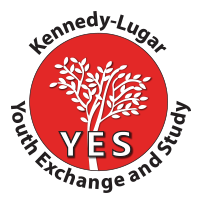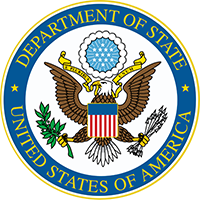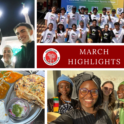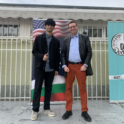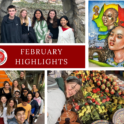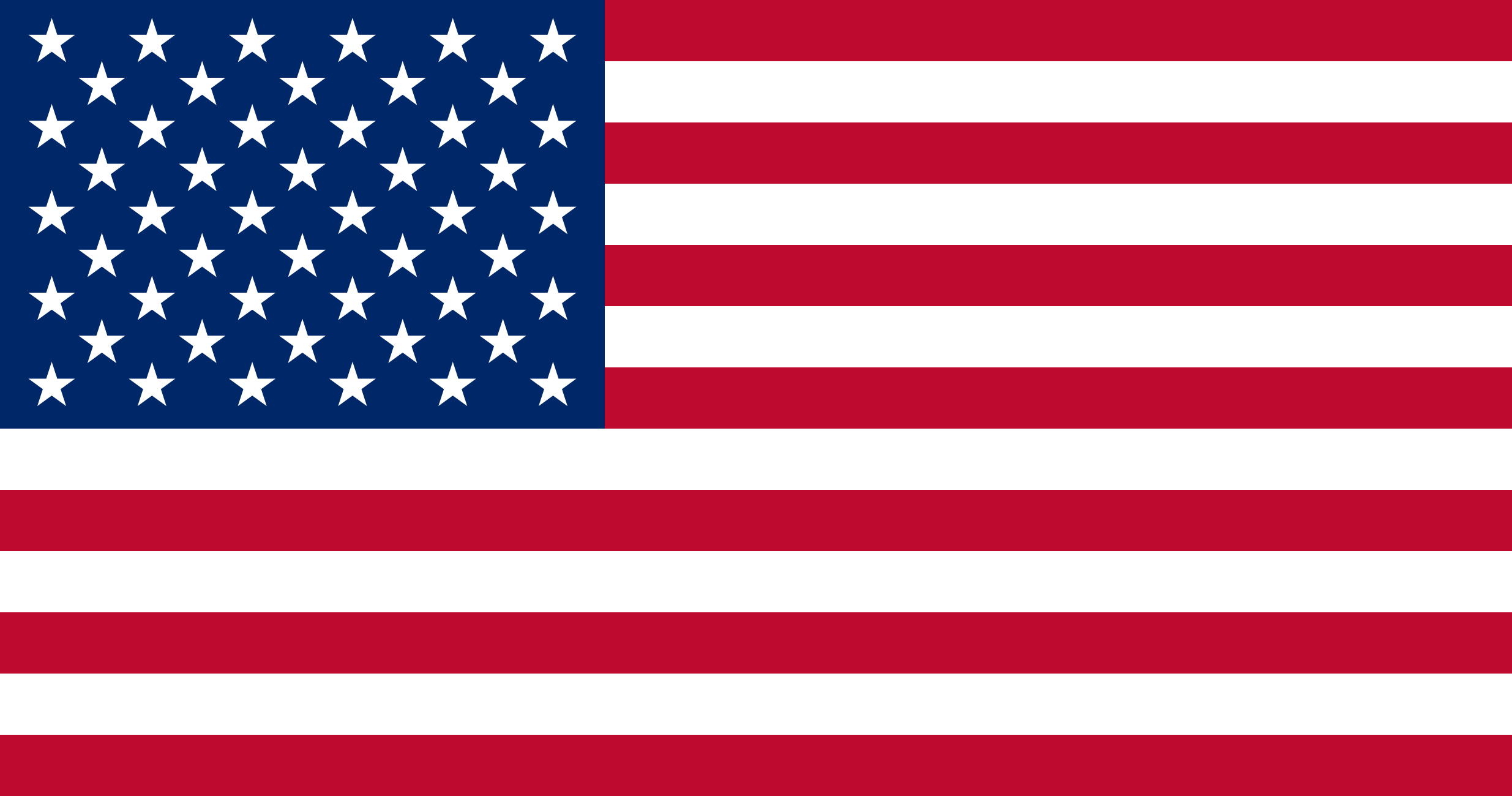StoriesBack to Stories
Visit to Belgrade

By Emma Goldrick, YES Abroad 2012-2013, Bosnia and Herzegovina
I arrived in Belgrade Wednesday March 20 in the afternoon. The sun was shining, my knees were a bit cramped from the 6-hour bus ride, and my eyes were wide as I tried to take in the whole city at once. My teacher, fellow students, and I were there for a two-day economic forum on multi-national corporations and national identities held at Rudjer Boskovic IB School. However, we took advantage of that beautiful afternoon to explore the city a bit more before the proceedings took place.
Belgrade is big! And beautiful! It feels a bit more European and modernized than Sarajevo, with a bigger business district and higher end shopping. However, I was blown away by the ancient Byzantine fortress called the Belgrade Fortress in English (?????????? ??????? in Serbian, Beogradska tvr?ava in Bosnian).
Thursday’s focus was on multi-national corporations and their advantages and disadvantages toward developing economies, such as those in the Balkans. We heard a speech from Ana Trbojevic, PhD, Faculty of Finance, Economics and Administration on the good and bad practices of MNCs and more specifically their presence in Serbia. In the afternoon we had a fascinating and relevant debate about the possibility of a big company coming in to mine Serbia’s nickel reserves. The main issue is that nickel mining has been proven to be noxious to the environment and people around the mines; however, Serbia’s economy is so poor that the revenue the mining would bring to the country is extremely attractive to the government.
Friday we focused in on the national identities all of us come from. There were schools from Bosnia and Herzegovina, Macedonia, Bulgaria, and Serbia represented at the conference, though many participants were originally from other countries as well. With such a diverse group, it was extremely interesting to learn what we all felt our countries had to offer. I presented Bosnia and Herzegovina from an American point of view, the good and the bad. Later on in the day we heard a more historical lecture on the Balkans and the formation of these identities over the centuries from Predrag J. Markovic, from the Institute for Contemporary History. During a question and answer session, an Albanian girl studying in Mostar, Bosnia and Herzegovina, brought up the status of Kosovo and asked after the Serbian perspective on the issue. Interestingly enough, all of the adults shied away from the question, never truly answering and preferring to stay neutral and politically correct rather than bring up a difficult past. However, during our break later on, we students discussed the issue from all sides. Everyone had an opportunity to compare facts and talk about the issue without fear of judgment or persecution. It was amazing, and it continued that evening when I went out with some of my new friends for coffee in the city. I think discussing that issue, as well as others pertaining to the region, was one of my favorite parts of the week because it truly exemplified how far the Balkans have come since the war ended twenty years ago. It is events like these, where young people from the area are brought together for academic competitions and forums, that are just a small part of healing the whole of former Yugoslavia.
Saturday was spent visiting two museums, The Museum of Yugoslavian History and the Nikola Tesla Museum. Ku?a Cvije?a, or the House of Flowers, is where Josip Broz Tito, former president for life of Yugoslavia, is entombed as part of the Museum of Yugoslavian History. I was able to learn a lot about Tito as well as all component parts of former Yugoslavia. The Tesla museum was incredible. Nikola Tesla is a personal idol of mine (math/science kids can love exchange too!), and it was amazing to see so many original documents, manuscripts, inventions, and artifacts of his. I stayed after our tour to ask why Tesla had sent all his belongings back to Belgrade despite only having visited once before. I then got an entire lecture about Yugoslavian brotherly love, Serbian national pride, and Tesla’s lonely existence in America… in Serbian! It was a great moment for me, not only to hear about Tesla but also to realize how far my language abilities have progressed over this year. A later confirmation of this came on the bus ride home when I watched the movie Montevideo, Bog te video! The movie was entirely in Serbian (which is very close to Bosnian), but I was able to watch the entire movie without issue. I highly recommend this movie if you can find it with English subtitles, it’s about Serbian soccer in the 1930’s and their bid for the world cup in Montevideo, Uruguay.
